Home>Gardening & Outdoor>Landscaping Ideas>How Did They Mow Lawns In The 1700S
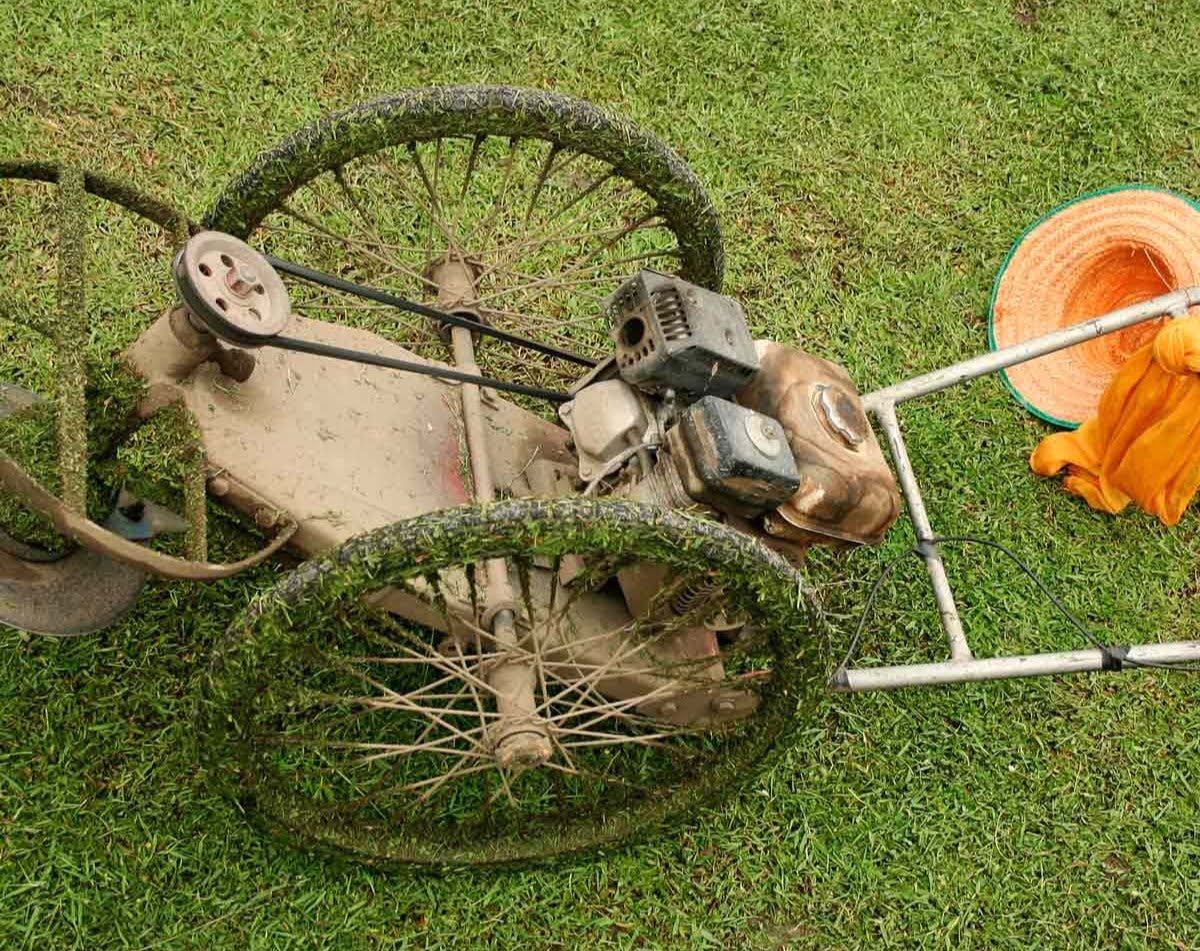

Landscaping Ideas
How Did They Mow Lawns In The 1700S
Modified: October 19, 2024
Discover the historical methods of lawn mowing in the 1700s and gain inspiration for modern landscaping ideas. Explore the evolution of lawn care and design.
(Many of the links in this article redirect to a specific reviewed product. Your purchase of these products through affiliate links helps to generate commission for Storables.com, at no extra cost. Learn more)
Introduction
Landscaping and lawn maintenance have been integral parts of human civilization for centuries. The art of lawn mowing, in particular, has evolved significantly over time, reflecting advancements in technology and changes in societal needs. In the 1700s, the methods and tools used for lawn mowing were vastly different from those employed today. Understanding the historical practices of lawn mowing provides valuable insights into the ingenuity of our ancestors and the progression of landscaping techniques.
During the 1700s, lawn mowing was a labor-intensive task that required significant manpower and time. The equipment and methods used were rudimentary compared to the sophisticated machinery available in the modern era. Despite the challenges, individuals and communities prioritized the maintenance of green spaces, recognizing the aesthetic and functional benefits of well-kept lawns.
Exploring the manual lawn mowing methods, early equipment, and subsequent technological innovations of this period offers a fascinating glimpse into the evolution of landscaping practices. From scythes and hand-operated mowers to the advent of mechanical lawn mowers, each phase of development reflects the resourcefulness and determination of individuals to cultivate and maintain beautiful outdoor spaces.
In this article, we delve into the historical landscape of lawn mowing in the 1700s, shedding light on the techniques and tools that shaped the outdoor environments of the time. By understanding the challenges and triumphs of our predecessors in maintaining lawns, we can gain a deeper appreciation for the modern conveniences that define contemporary landscaping practices. Join us on a journey through time as we uncover the captivating history of lawn mowing in the 1700s.
Key Takeaways:
- In the 1700s, lawn mowing was a tough job using scythes and manual labor. Communities worked together to keep lawns tidy, showing the importance of well-kept outdoor spaces.
- Early lawn mowing equipment, like hand-operated mowers, marked the start of mechanization. This led to the development of modern lawn mowing machinery, making grass cutting more efficient and precise.
Read more: How To Make Money Mowing Lawns
Manual Lawn Mowing Methods
In the 1700s, manual lawn mowing was a physically demanding task that relied on human labor and basic hand tools. The most prevalent method of grass cutting during this period involved the use of scythes. These long, curved blades were wielded by individuals who walked through the grass, swinging the scythe in a rhythmic motion to cut the vegetation. This traditional approach to mowing required skill and endurance, as workers had to maintain a consistent cutting rhythm to achieve an even and tidy lawn surface.
Manual lawn mowing was a communal activity in many rural and urban settings. Communities often organized collective mowing days, where groups of individuals would come together to mow large expanses of grassland. This cooperative effort not only facilitated the completion of arduous mowing tasks but also fostered a sense of camaraderie and shared responsibility for maintaining public and private green spaces.
While scythes were effective for cutting grass, they were limited in their precision and efficiency. Achieving uniform grass height and neatly manicured lawns was challenging with manual tools alone. As a result, manual lawn mowing in the 1700s often resulted in uneven grass surfaces and required frequent mowing to maintain a tidy appearance.
Despite the physical demands and limitations of manual lawn mowing, the practice was deeply ingrained in the cultural and aesthetic values of the time. Well-kept lawns were symbols of prosperity and order, reflecting the pride and diligence of property owners. The meticulous care and attention devoted to manual lawn mowing underscored the significance of outdoor spaces in the daily lives of individuals and communities during the 1700s.
As we reflect on the manual lawn mowing methods of the 1700s, we gain a profound appreciation for the labor-intensive nature of landscaping practices in earlier eras. The dedication and craftsmanship required for manual grass cutting laid the foundation for subsequent advancements in lawn mowing technology, shaping the evolution of landscaping as we know it today.
Early Lawn Mowing Equipment
While manual lawn mowing dominated the landscaping practices of the 1700s, the era also witnessed the emergence of early lawn mowing equipment designed to alleviate some of the physical strain associated with grass cutting. One notable innovation was the introduction of hand-operated lawn mowers, which represented a significant departure from the reliance on manual scythes.
Early hand-operated lawn mowers, also known as “grass cutters” or “grass-cutter boxes,” featured a simple yet effective design. These devices consisted of a reel or cylinder with blades that rotated as the mower was pushed across the grass. The cutting action of the blades allowed for a more controlled and uniform mowing process compared to traditional scythes. While still demanding physical effort, hand-operated lawn mowers offered a degree of mechanical assistance, making the task of lawn mowing more manageable for individuals.
These early lawn mowing devices were primarily utilized in private estates, parks, and formal gardens, where the maintenance of manicured lawns was a priority. The introduction of hand-operated lawn mowers represented a shift towards more efficient and precise grass cutting, catering to the aesthetic preferences of property owners and landscape enthusiasts.
Despite their advancements, early lawn mowing equipment of the 1700s remained relatively rudimentary in comparison to modern machinery. The design and functionality of hand-operated mowers were limited by the available materials and manufacturing techniques of the time. However, these early innovations laid the groundwork for the development of mechanized lawn mowing technology in the centuries that followed.
As we reflect on the early lawn mowing equipment of the 1700s, we recognize the incremental steps taken towards mechanizing the labor-intensive task of grass cutting. The transition from manual scythes to hand-operated mowers marked a pivotal moment in the evolution of lawn mowing technology, setting the stage for further advancements that would revolutionize landscaping practices in the years to come.
In the 1700s, lawns were often mowed by hand using scythes or sickles. These tools required physical strength and skill to use effectively.
Innovations in Lawn Mowing Technology
The 1700s witnessed a gradual evolution in lawn mowing technology, paving the way for significant innovations that would transform the landscaping industry. As the demand for more efficient and precise grass cutting methods grew, inventors and engineers began to explore mechanized solutions to streamline lawn maintenance.
One of the notable advancements in lawn mowing technology during this period was the development of early mechanical lawn mowers. These machines, powered by human or animal labor, featured rotating blades that cut the grass with greater speed and consistency than their manual counterparts. The introduction of mechanical lawn mowers represented a pivotal shift towards mechanization in landscaping, offering property owners and groundskeepers a more effective means of maintaining expansive lawns.
Furthermore, the utilization of steam power in the late 1700s and early 1800s led to the creation of steam-powered lawn mowers, marking a significant leap forward in lawn mowing technology. These steam-driven machines revolutionized grass cutting by harnessing the power of steam engines to propel cutting blades, significantly reducing the physical exertion required for mowing large areas of grass.
The transition from hand-operated mowers to early mechanical and steam-powered lawn mowers marked a turning point in the history of landscaping, enabling more efficient and systematic lawn maintenance practices. The evolution of lawn mowing technology reflected the broader industrial advancements of the era, underscoring the convergence of innovation and practicality in shaping the landscapes of the 1700s.
Moreover, the 1700s set the stage for future developments in lawn mowing technology, laying the groundwork for the mechanized and motorized mowers that would emerge in the following centuries. The persistent drive to enhance the efficiency and precision of grass cutting propelled the continuous refinement of lawn mowing equipment, ultimately leading to the diverse array of modern mowers available today.
By examining the innovations in lawn mowing technology during the 1700s, we gain a deeper understanding of the transformative impact of mechanization on landscaping practices. The ingenuity and perseverance of early inventors and engineers laid the foundation for the sophisticated lawn mowing machinery that defines contemporary lawn care, highlighting the enduring legacy of innovation in the pursuit of beautifully manicured outdoor spaces.
Conclusion
The landscape of lawn mowing in the 1700s reflects a compelling narrative of human ingenuity, perseverance, and the enduring pursuit of cultivating and maintaining beautiful outdoor spaces. From the manual lawn mowing methods reliant on scythes to the emergence of early lawn mowing equipment and the pioneering innovations in mechanized technology, the evolution of grass cutting during this period laid the groundwork for the modern landscaping practices we recognize today.
Manual lawn mowing in the 1700s was a labor-intensive endeavor, requiring communal effort and skilled craftsmanship to achieve well-kept lawns. The use of scythes and collective mowing days underscored the cultural and communal significance of outdoor spaces, emphasizing the value placed on meticulously maintained lawns as symbols of prosperity and pride.
Early lawn mowing equipment, such as hand-operated mowers, represented a crucial step towards mechanization, offering a more controlled and efficient approach to grass cutting. These innovations catered to the aesthetic preferences of property owners and heralded a shift towards more systematic lawn maintenance practices.
Furthermore, the advancements in lawn mowing technology, including the development of mechanical and steam-powered mowers, exemplified the convergence of industrial progress and landscaping, propelling the industry towards mechanized and motorized solutions for grass cutting. The relentless pursuit of efficiency and precision in lawn maintenance during the 1700s set the stage for the transformative advancements that would define the future of landscaping.
As we reflect on the historical landscape of lawn mowing in the 1700s, we gain a profound appreciation for the enduring legacy of innovation and determination that has shaped the evolution of landscaping practices. The transition from manual methods to early mechanized solutions laid the foundation for the diverse array of modern lawn mowing machinery, reflecting the timeless human desire to cultivate and cherish outdoor environments.
By exploring the historical roots of lawn mowing, we honor the legacy of those who toiled to maintain green spaces in centuries past, recognizing their contributions to the enduring pursuit of natural beauty and order. The history of lawn mowing in the 1700s serves as a testament to the resilience and creativity of humankind, illuminating the remarkable journey that has culminated in the sophisticated landscaping practices of the present day.
Frequently Asked Questions about How Did They Mow Lawns In The 1700S
Was this page helpful?
At Storables.com, we guarantee accurate and reliable information. Our content, validated by Expert Board Contributors, is crafted following stringent Editorial Policies. We're committed to providing you with well-researched, expert-backed insights for all your informational needs.
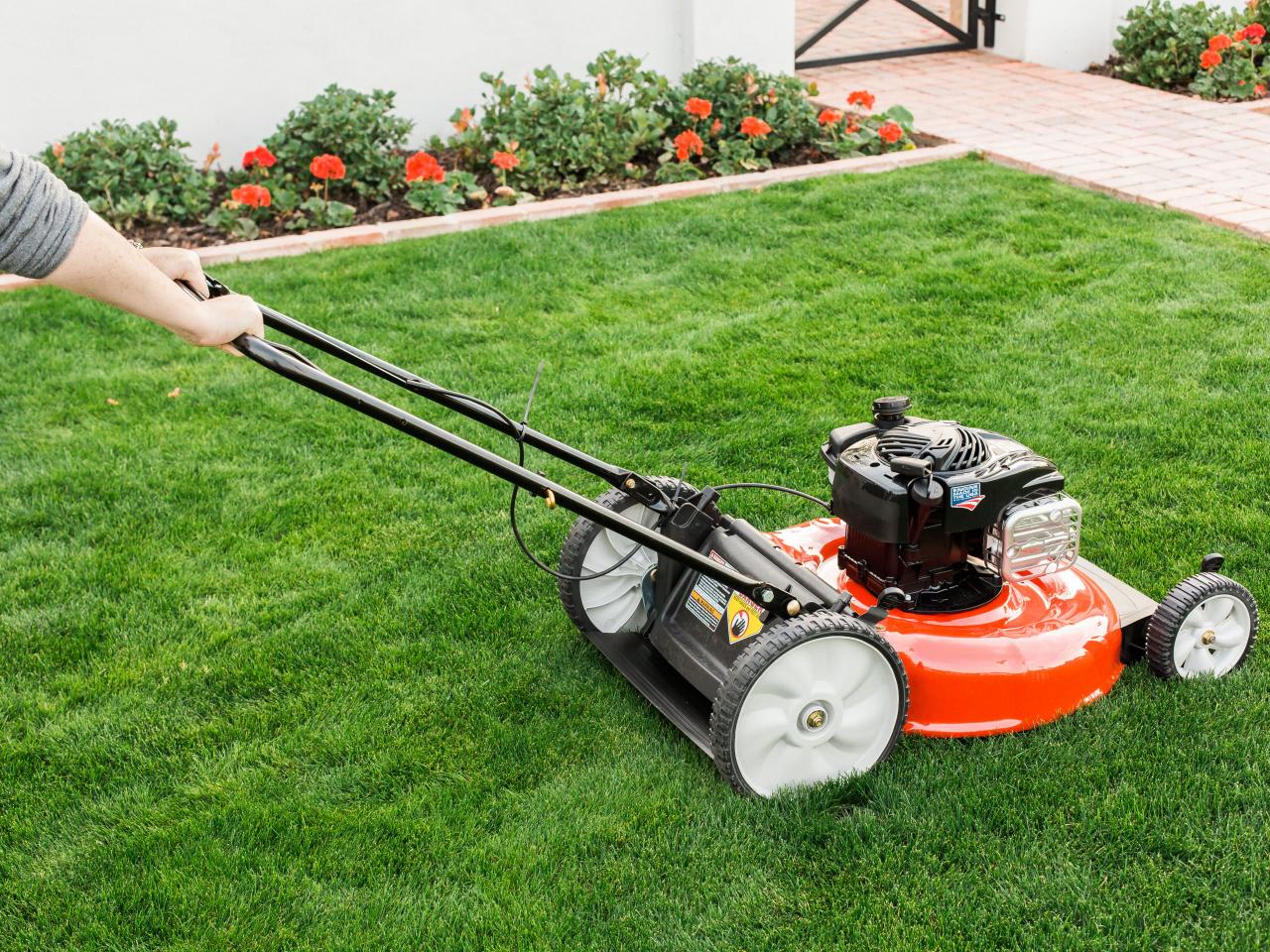
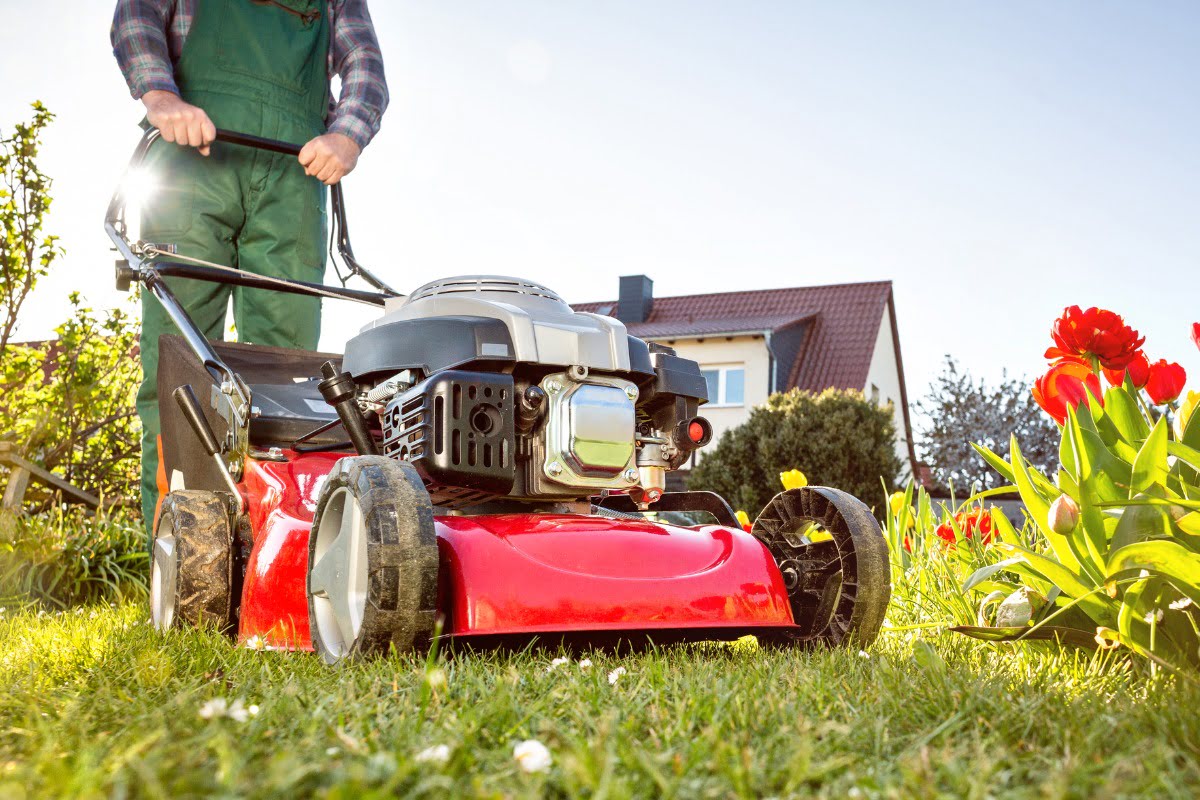
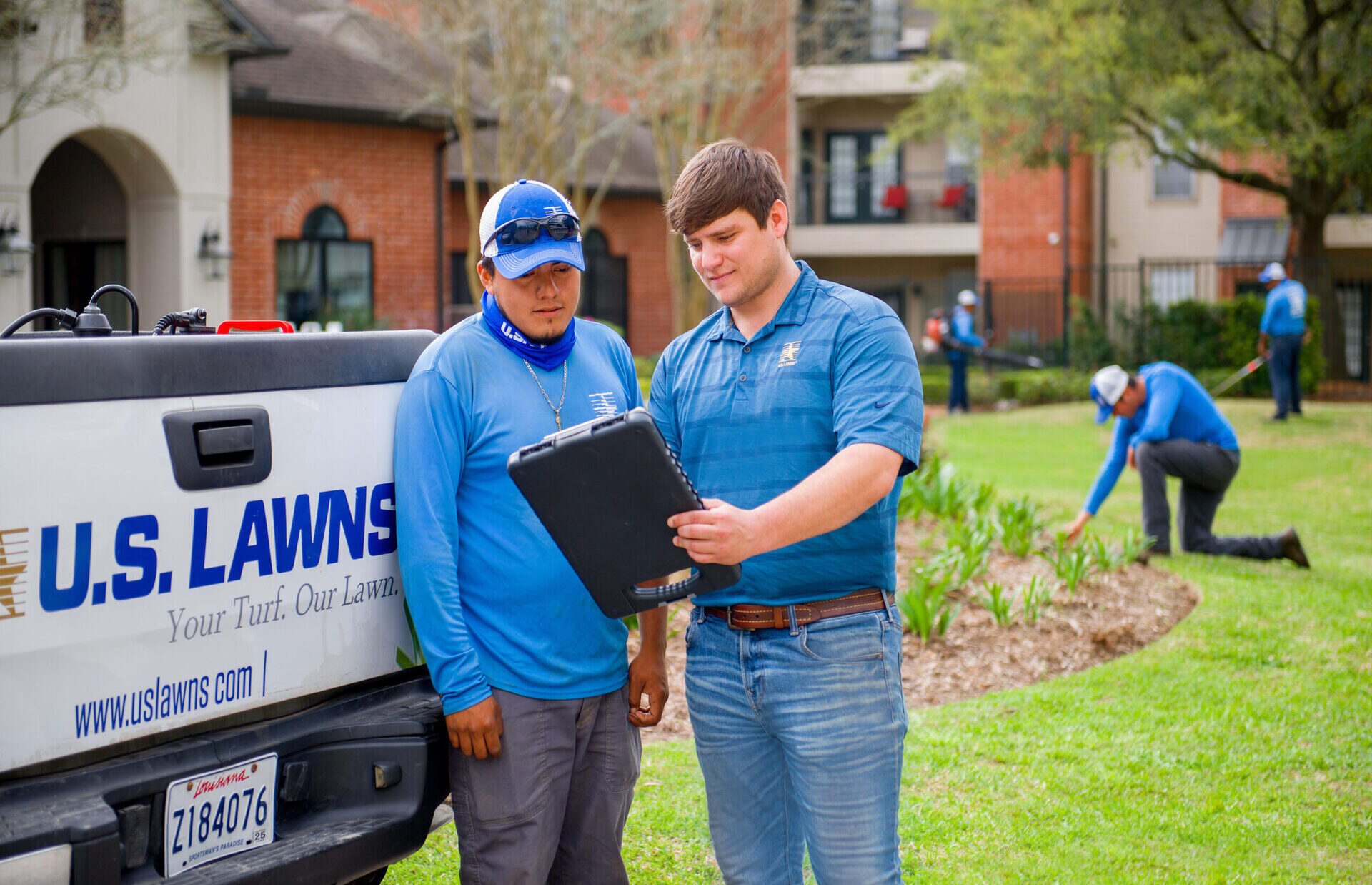
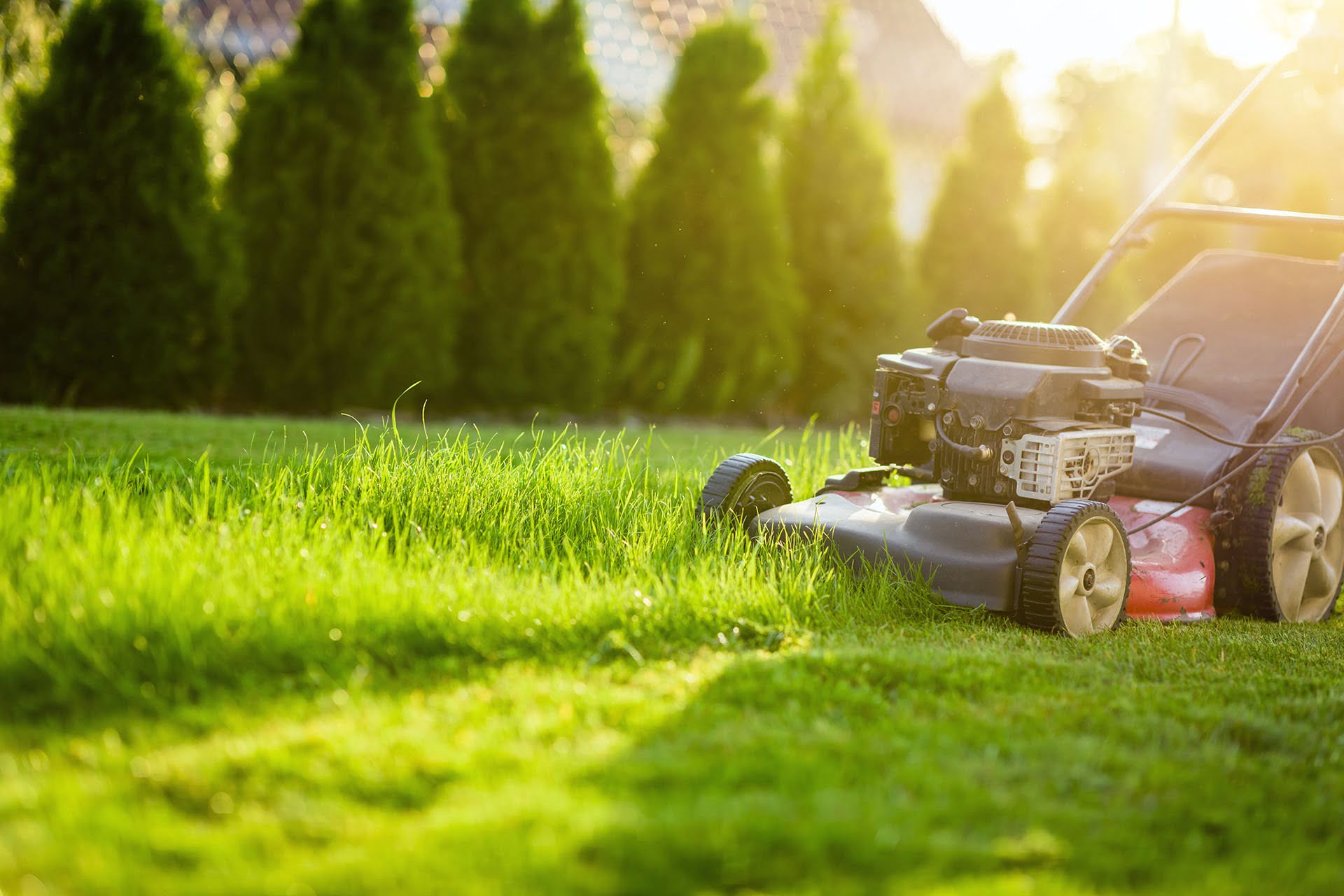
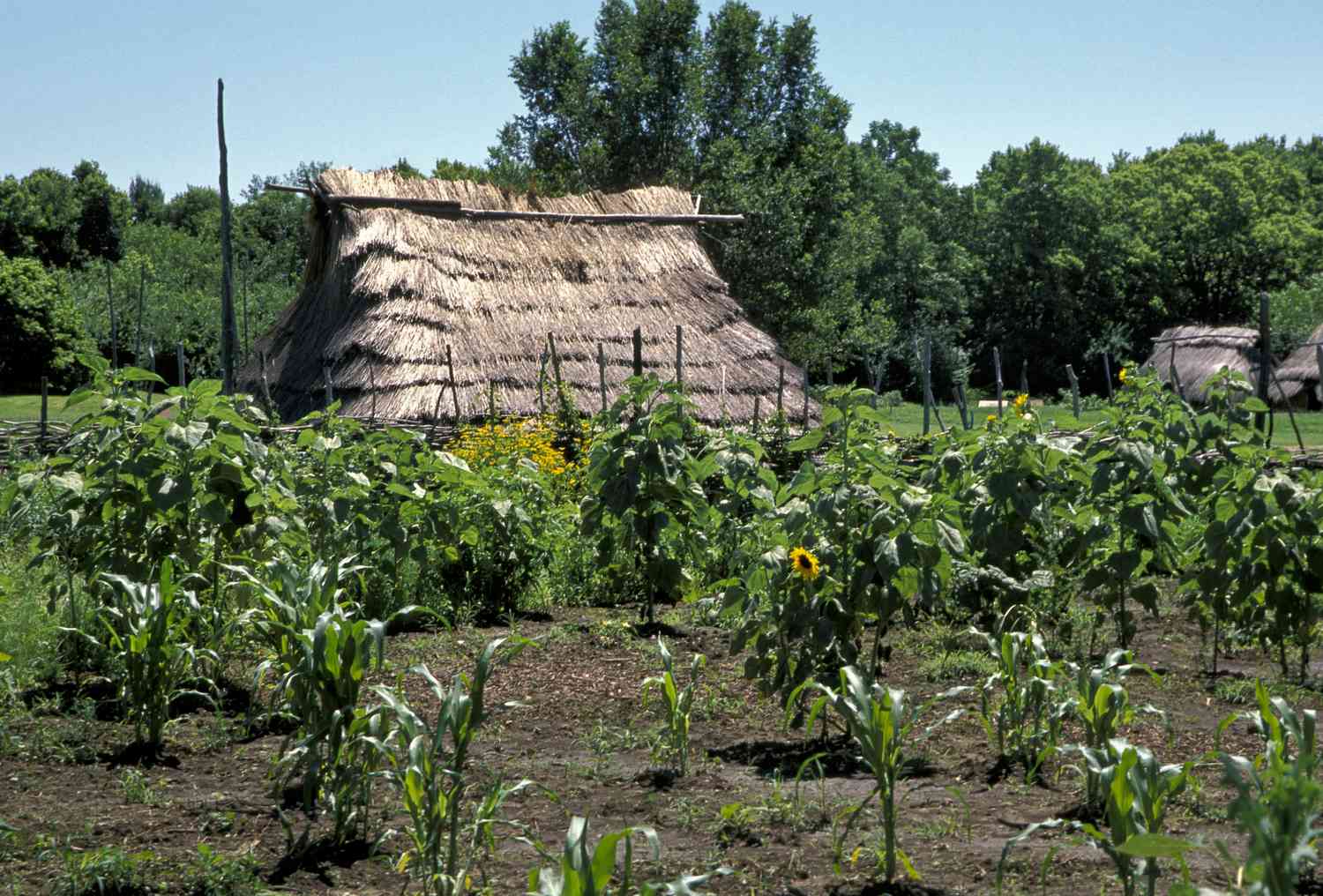
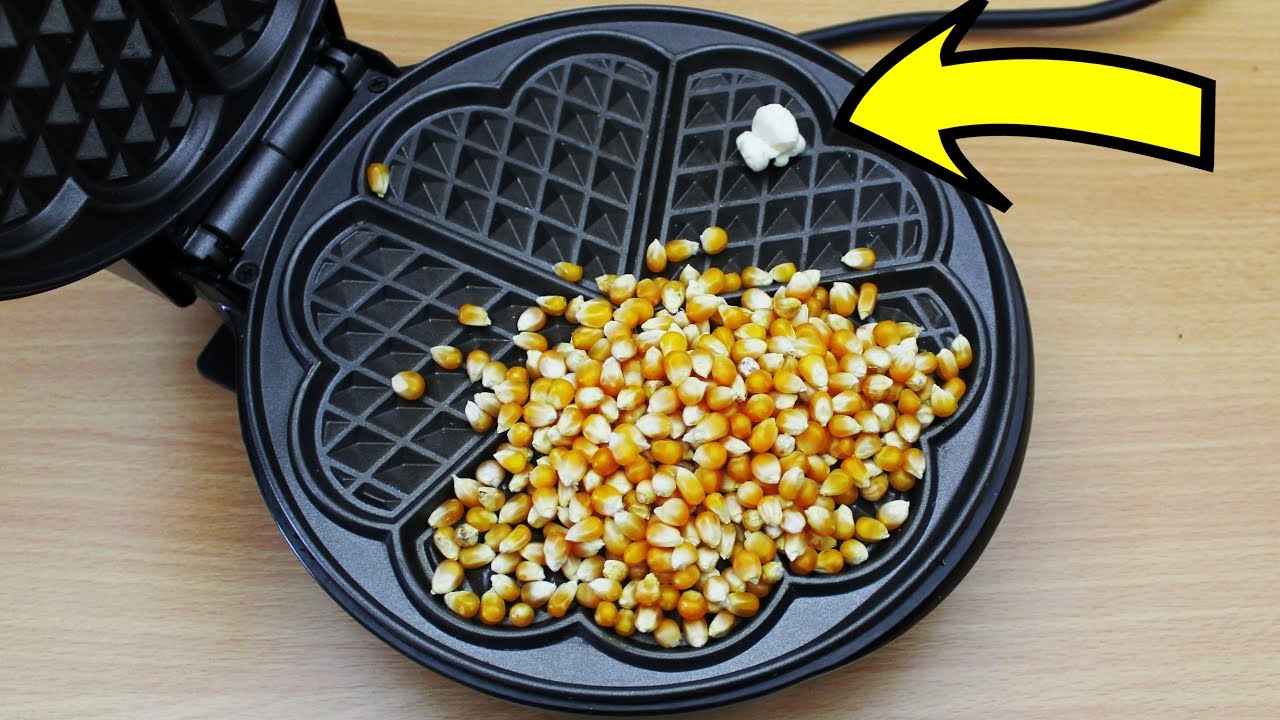
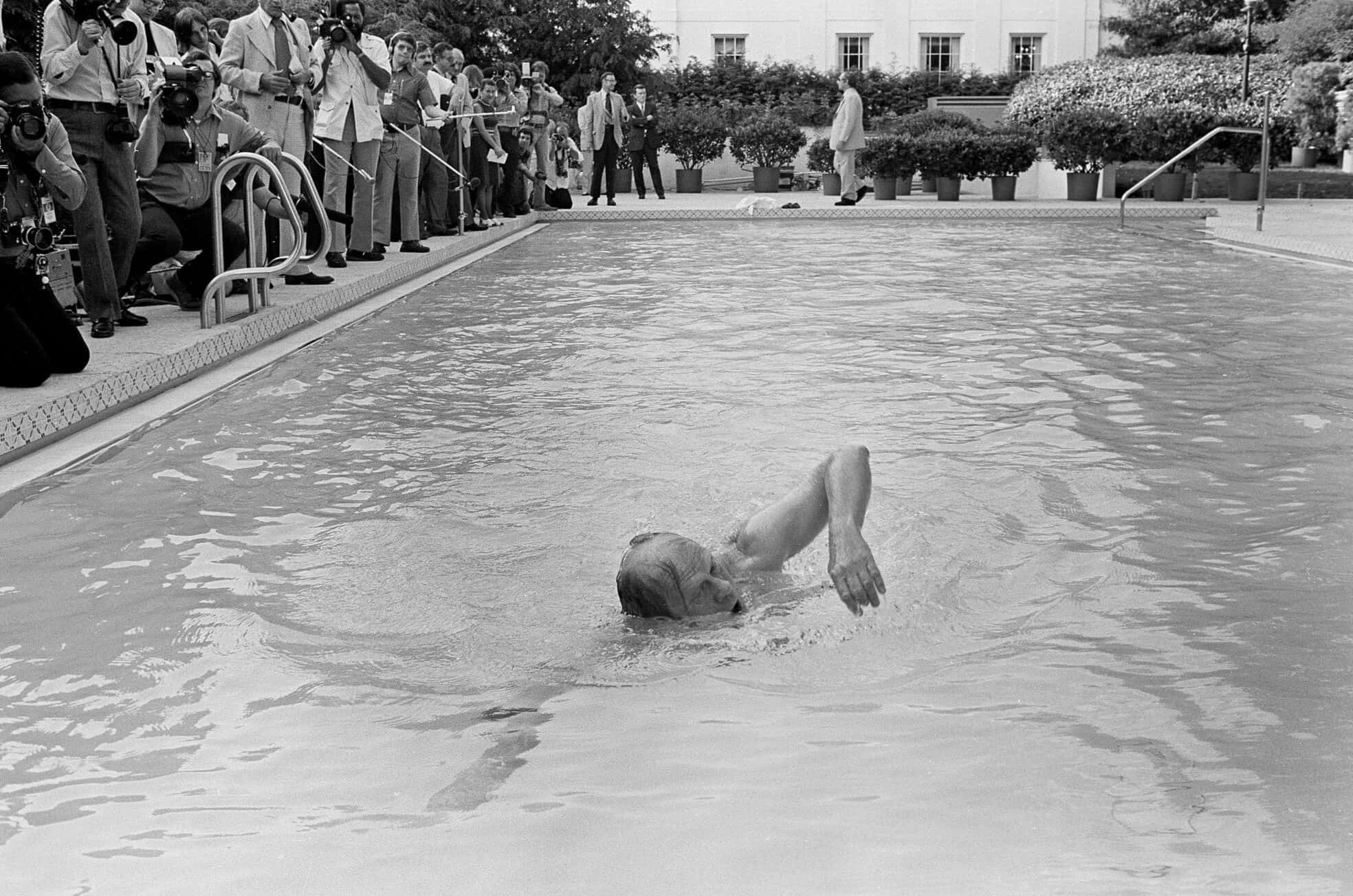
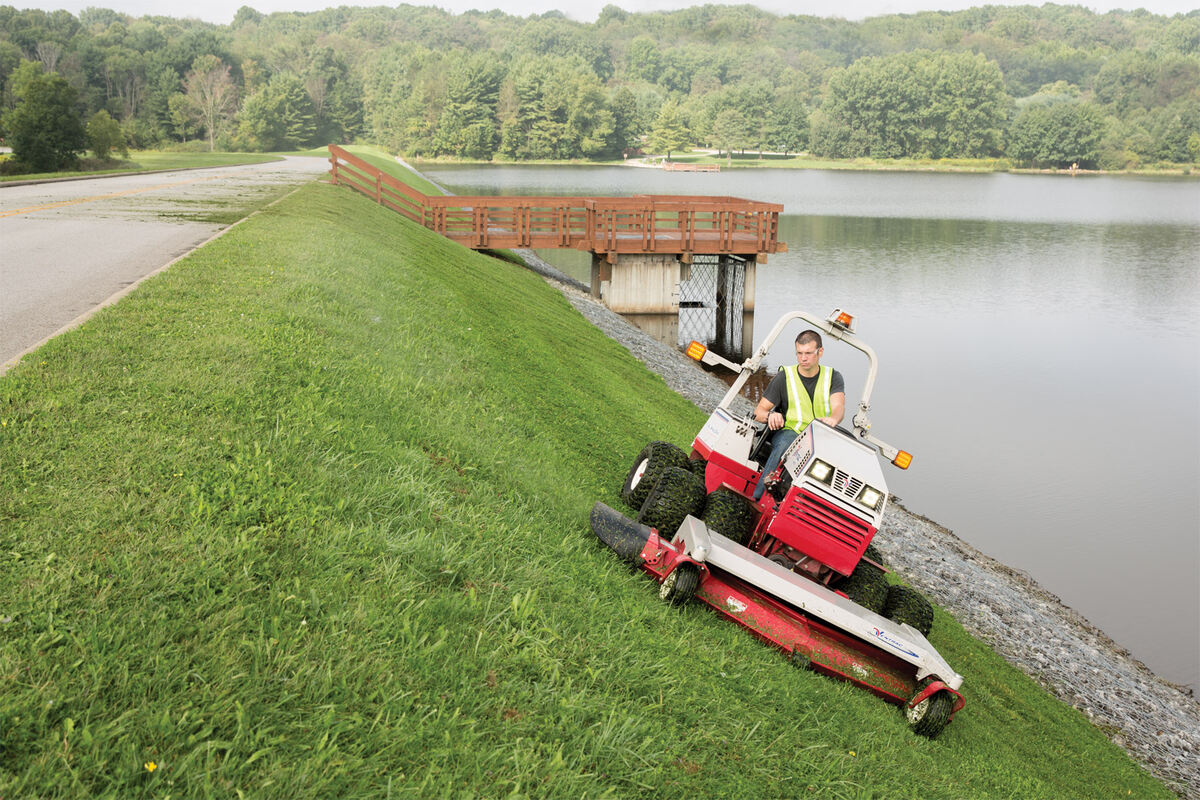
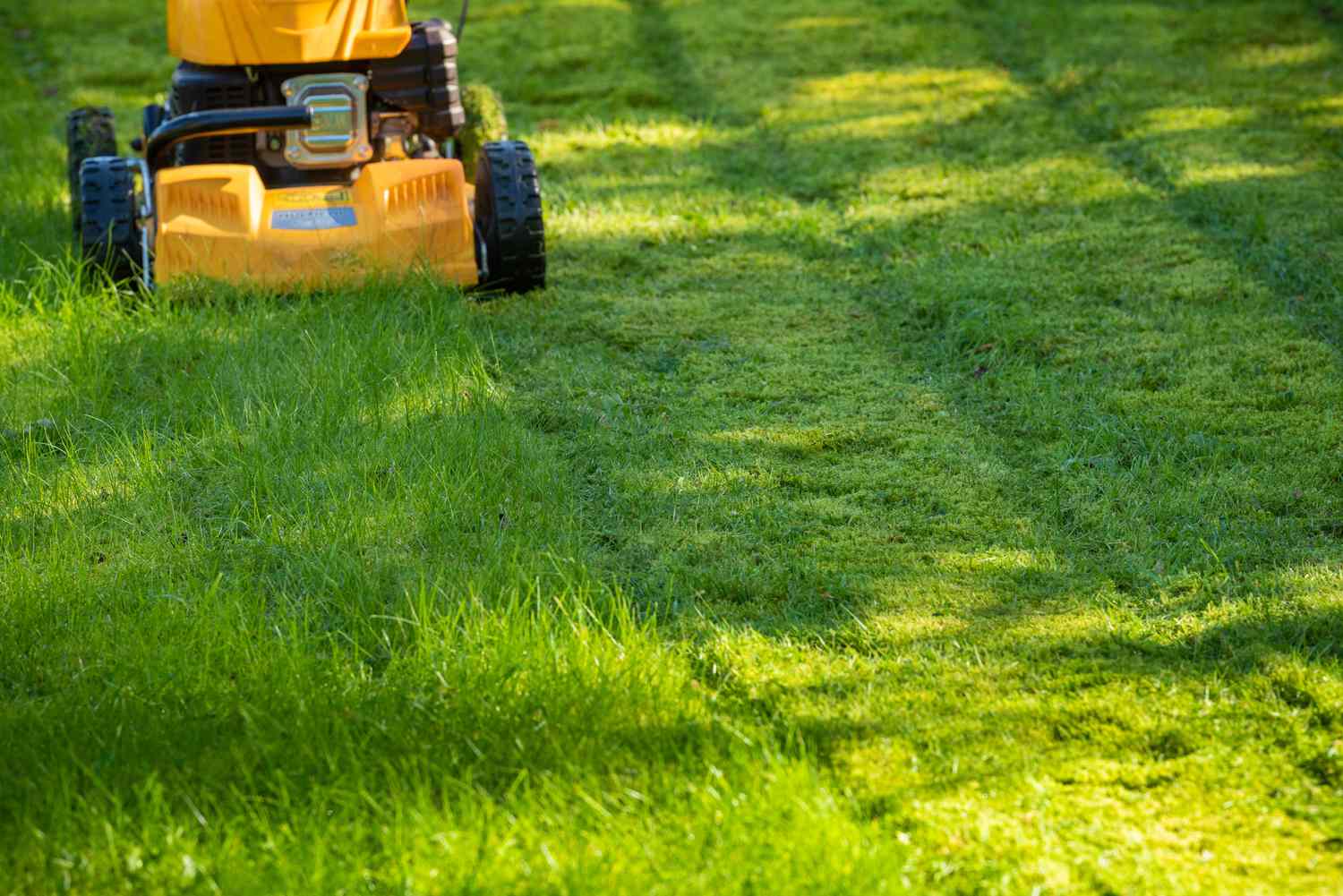
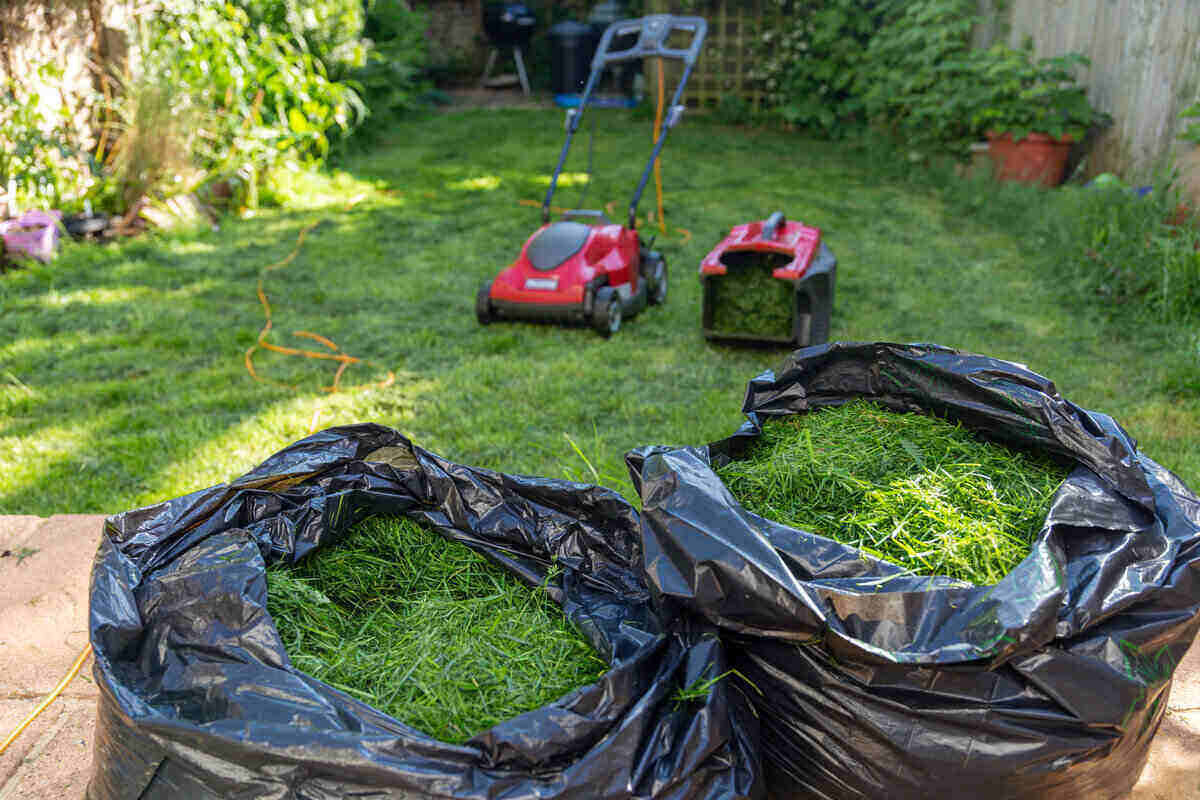
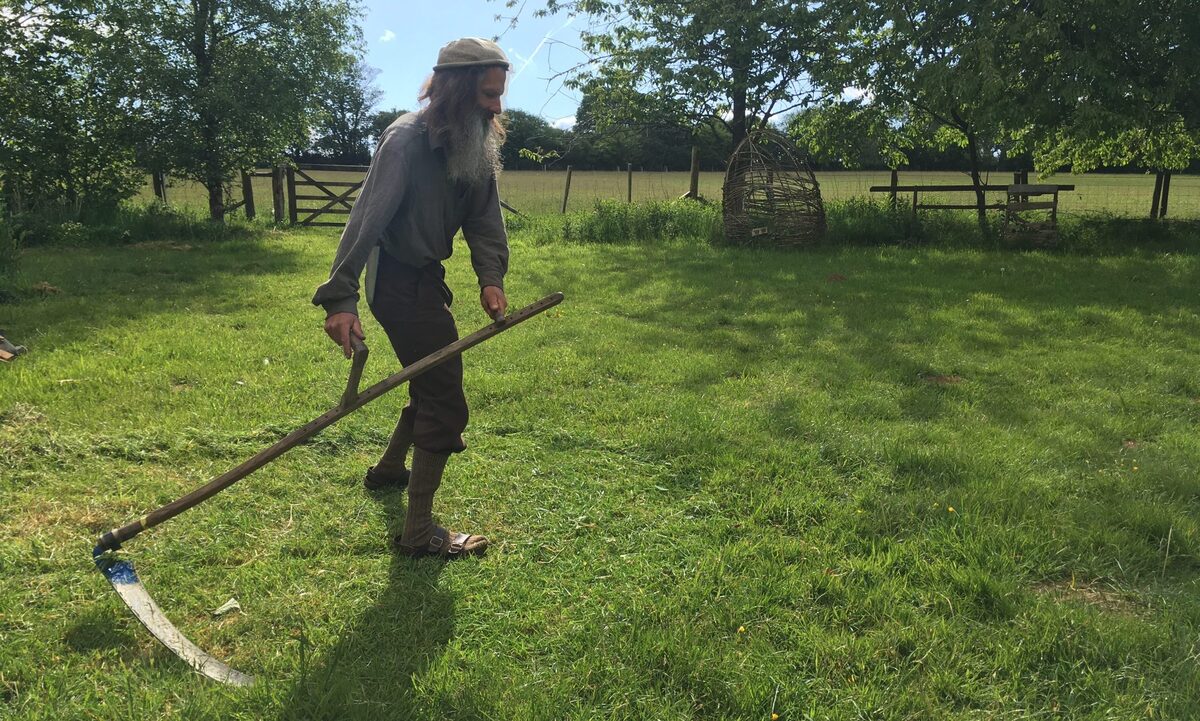

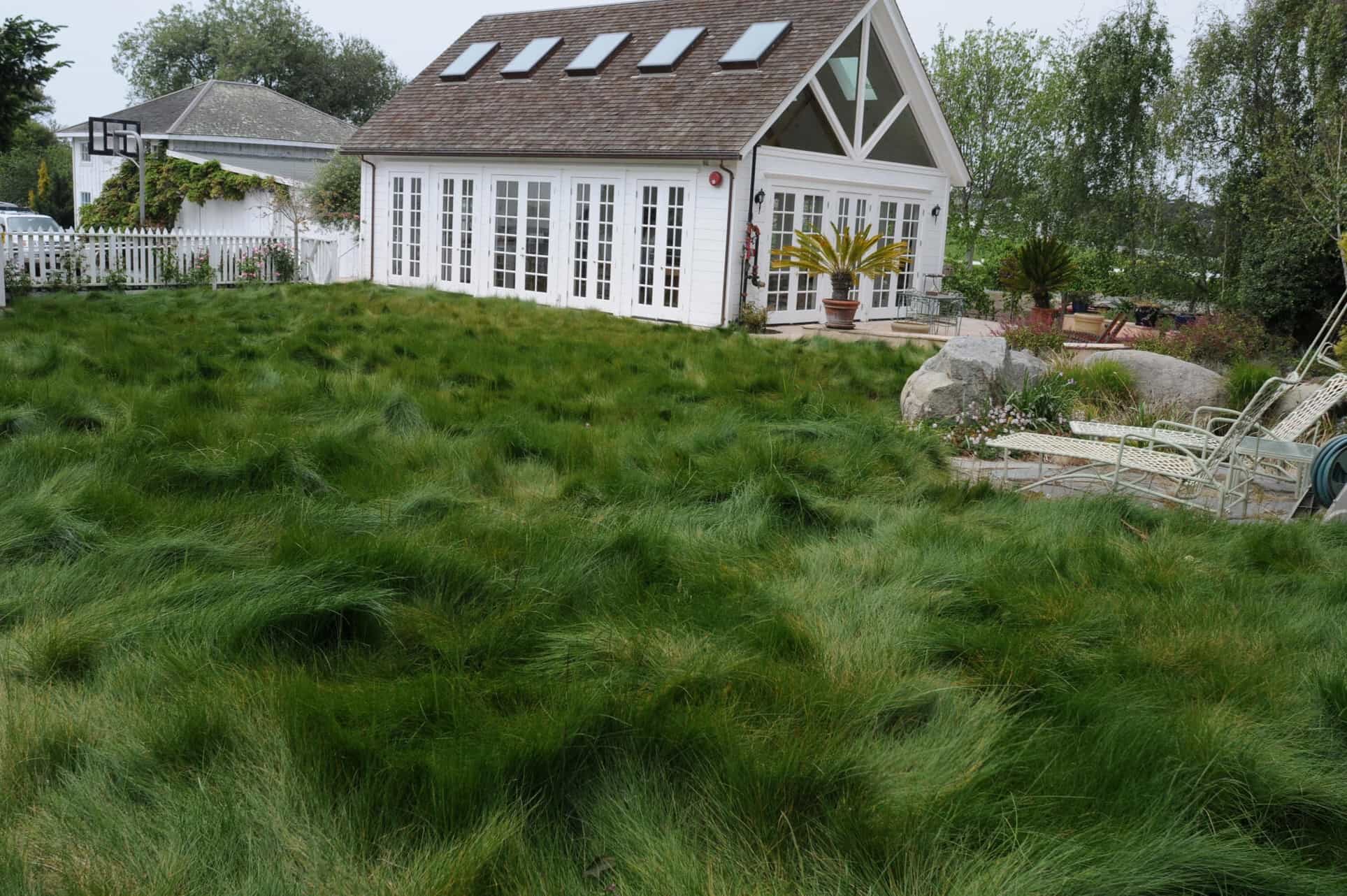
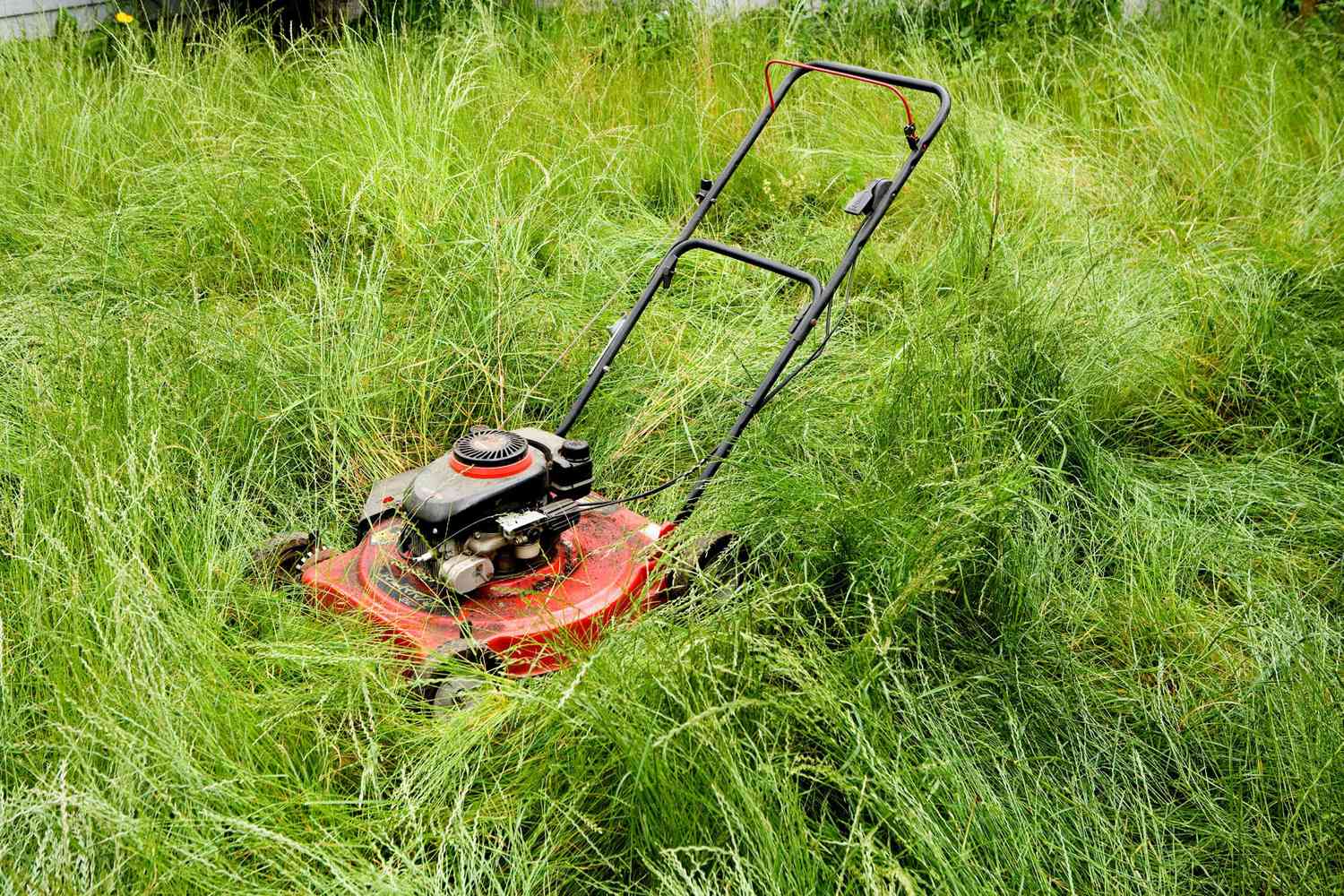
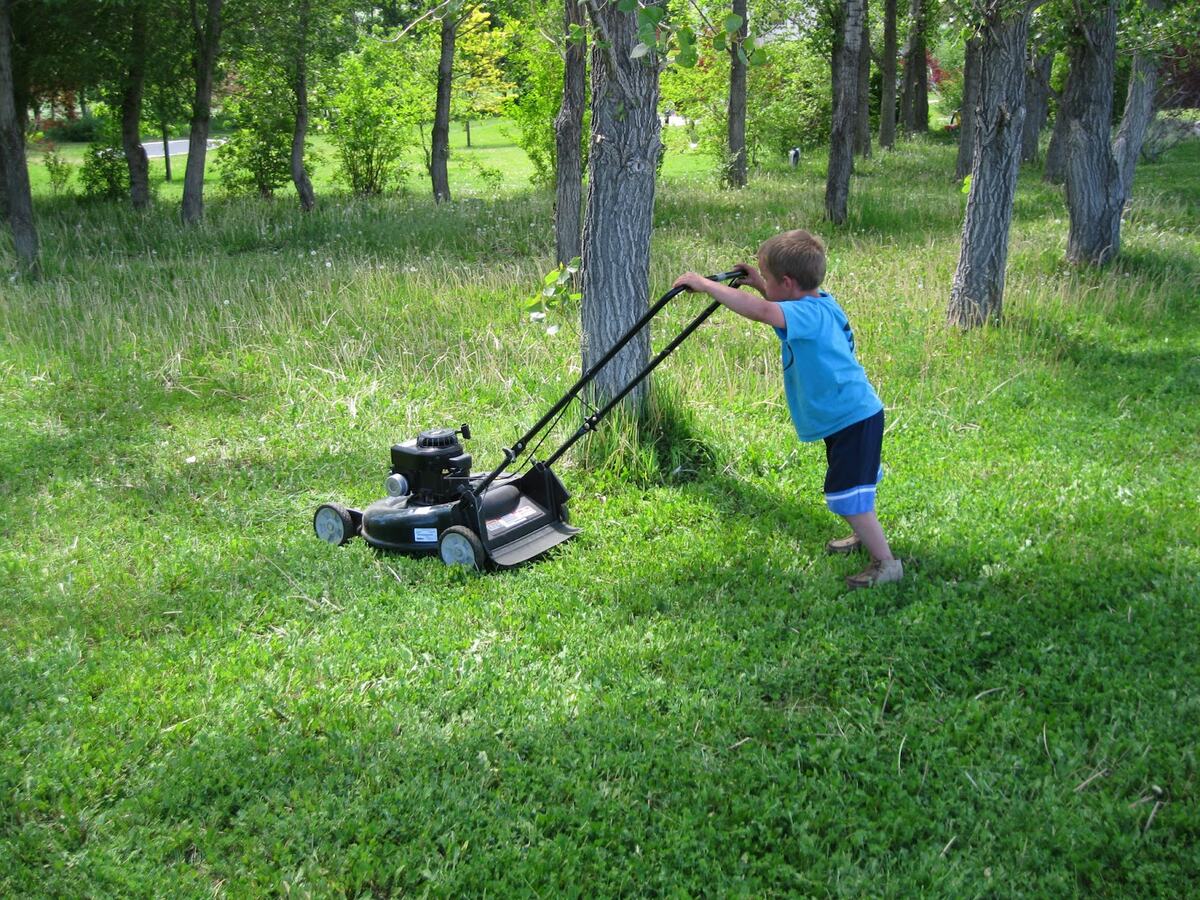

0 thoughts on “How Did They Mow Lawns In The 1700S”